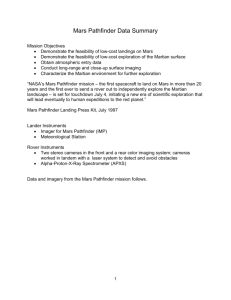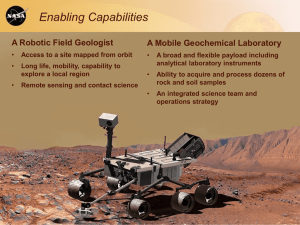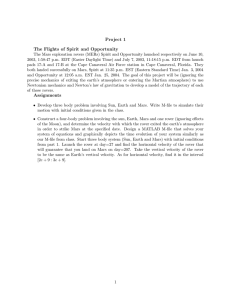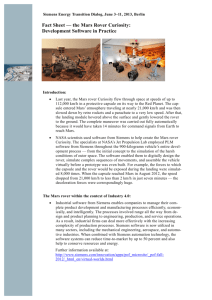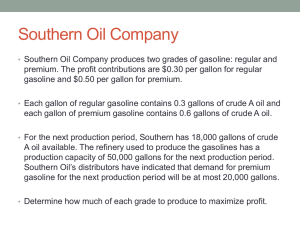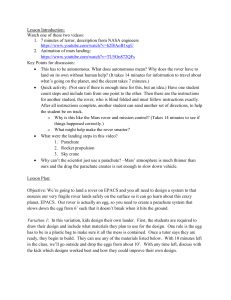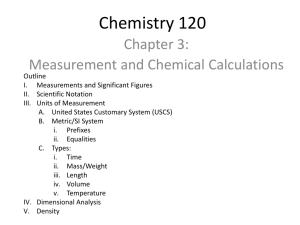Solving Problems with Dimensional Analysis
advertisement
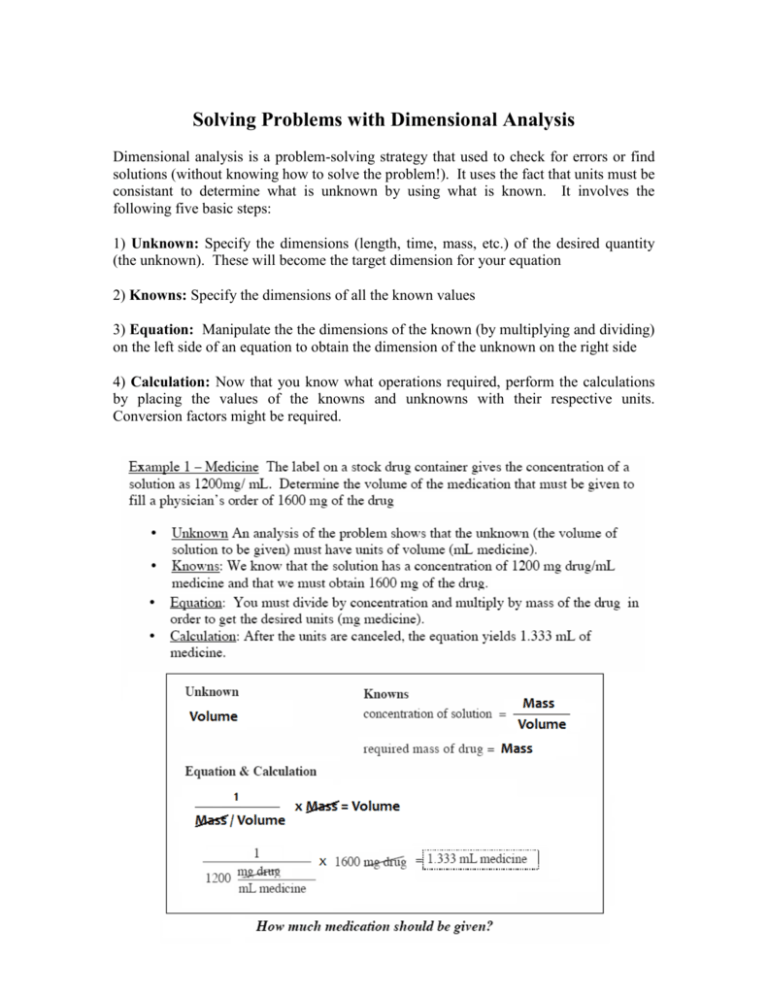
Solving Problems with Dimensional Analysis Dimensional analysis is a problem-solving strategy that used to check for errors or find solutions (without knowing how to solve the problem!). It uses the fact that units must be consistant to determine what is unknown by using what is known. It involves the following five basic steps: 1) Unknown: Specify the dimensions (length, time, mass, etc.) of the desired quantity (the unknown). These will become the target dimension for your equation 2) Knowns: Specify the dimensions of all the known values 3) Equation: Manipulate the the dimensions of the known (by multiplying and dividing) on the left side of an equation to obtain the dimension of the unknown on the right side 4) Calculation: Now that you know what operations required, perform the calculations by placing the values of the knowns and unknowns with their respective units. Conversion factors might be required. (1) Traffic accident investigators often discuss reaction time when trying to determine liability for an accident. If a person’s reaction time is 1.5 seconds, how many meters will his or her car travel before the brakes are activated if the car is traveling at 70 miles per hour? (1 mile = 1600 m) (2) In 1976 the United States successfully landed Viking1 on the surface of Mars. Twenty years later, in 1997, NASA landed another robotic probe named the Mars Pathfinder at a distance of 520 miles from the Viking1 landing site. Unlike the Viking mission, the Pathfinder mission included a surface rover. Knowing the distances between both landing sites, what would be the minimum number of hours required to drive the rover to the Viking site assuming a top speed of 0.70 centimeters per second? 3) In Europe gasoline is sold by the liter. An average car fills up with 14 gallons, how many liters will it take? (1L = 0.26 gallons) 4) The price of gasoline in Europe is about $2.20/L, how many dollars will it take to fill the tank?

